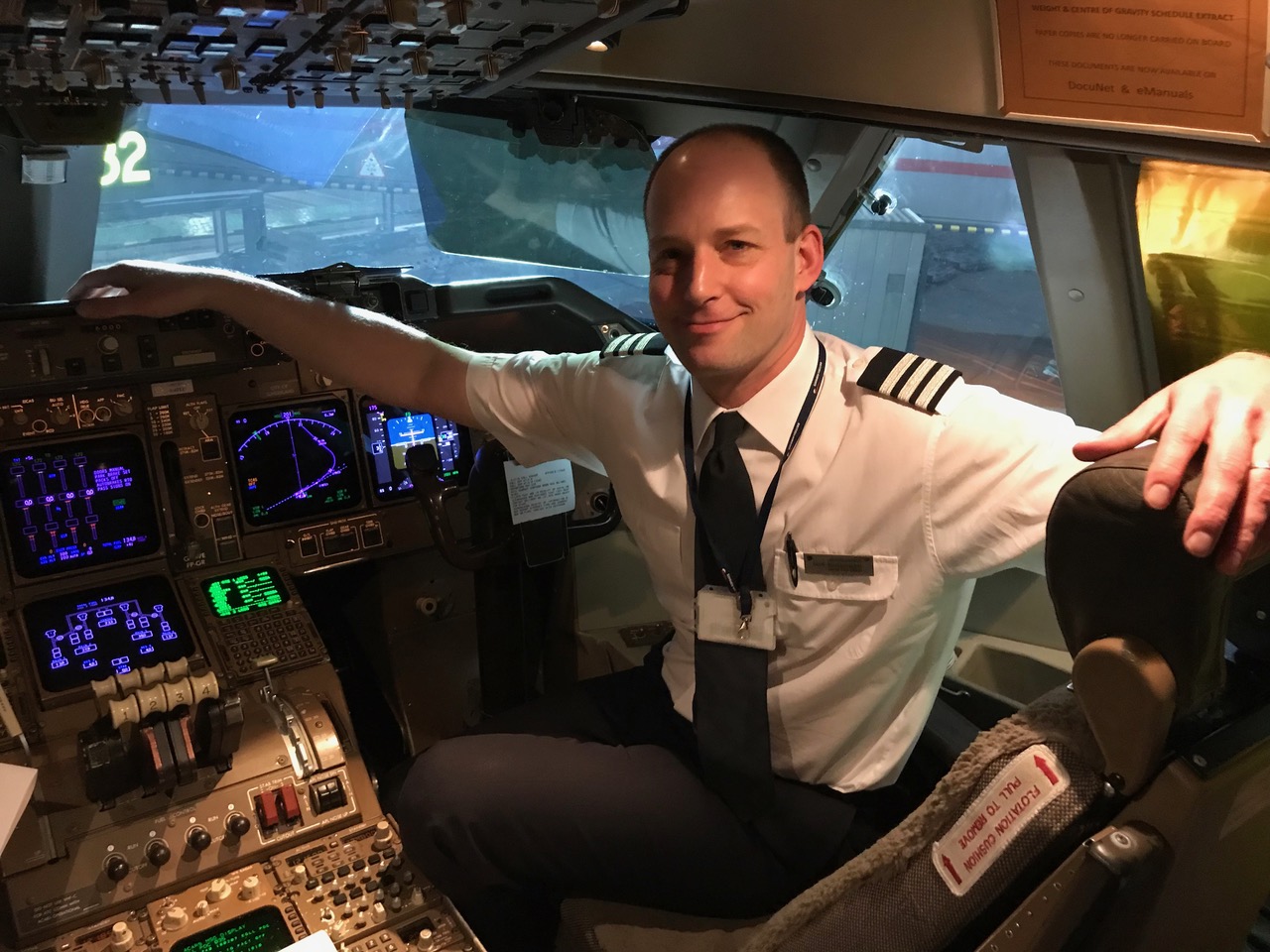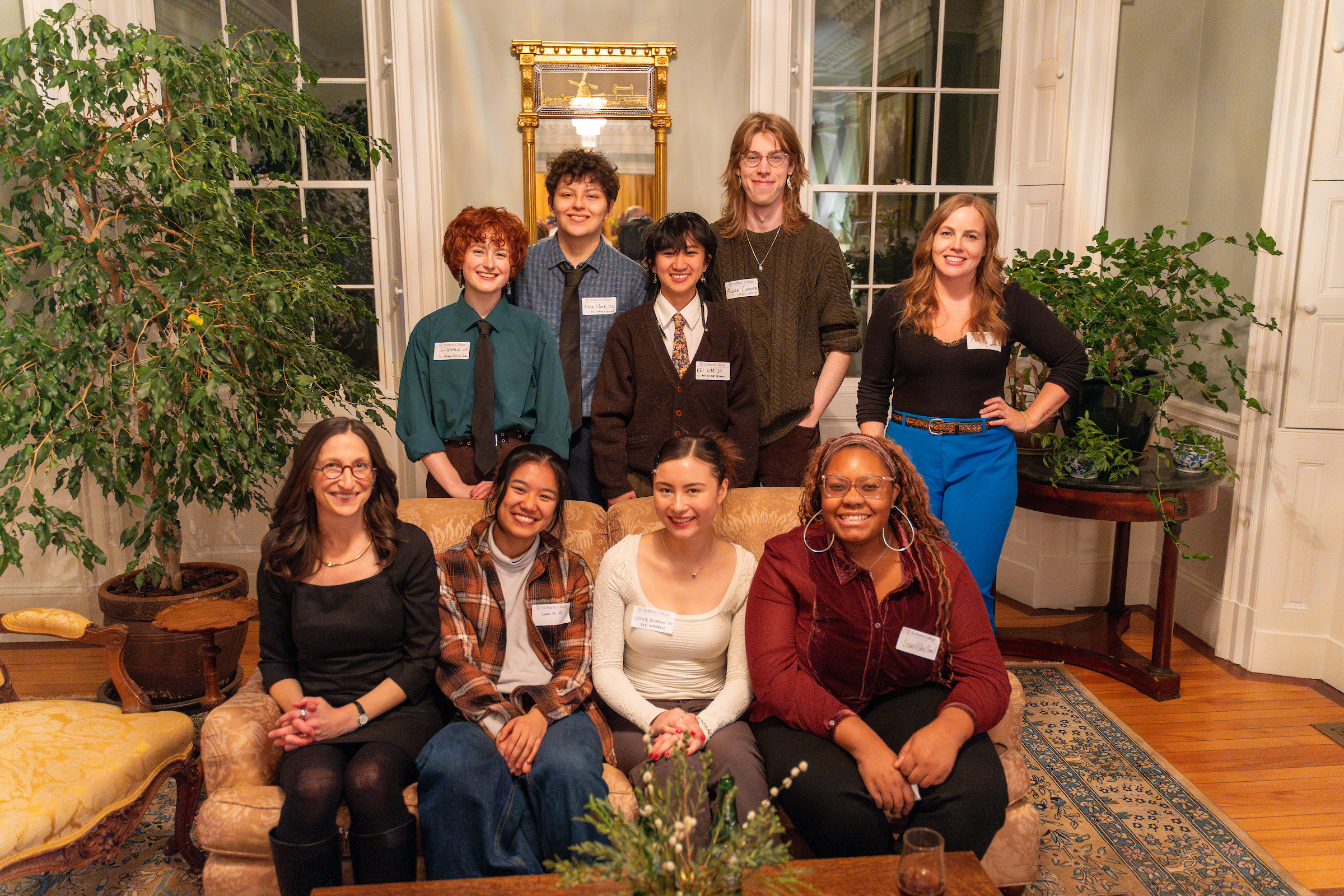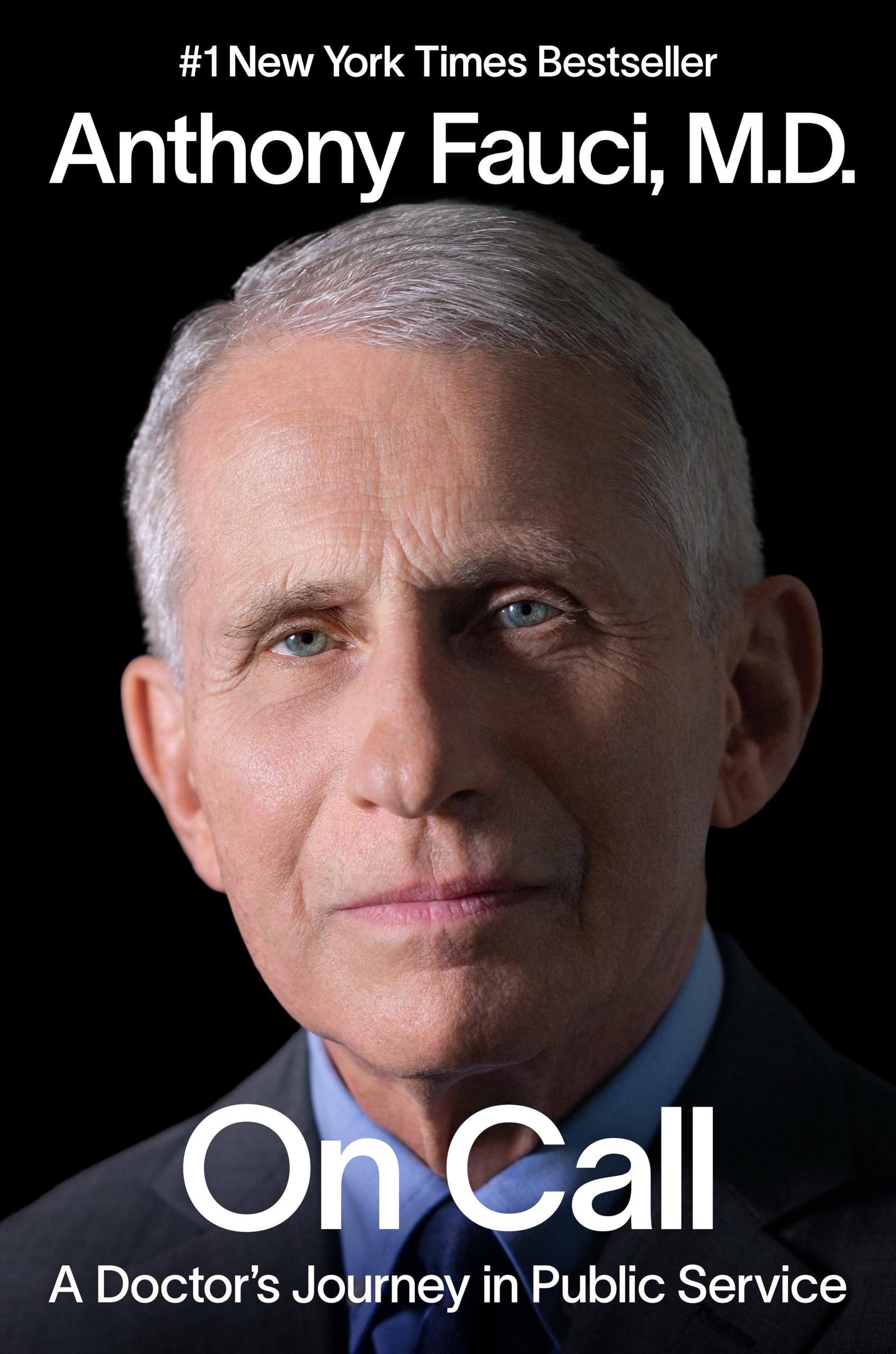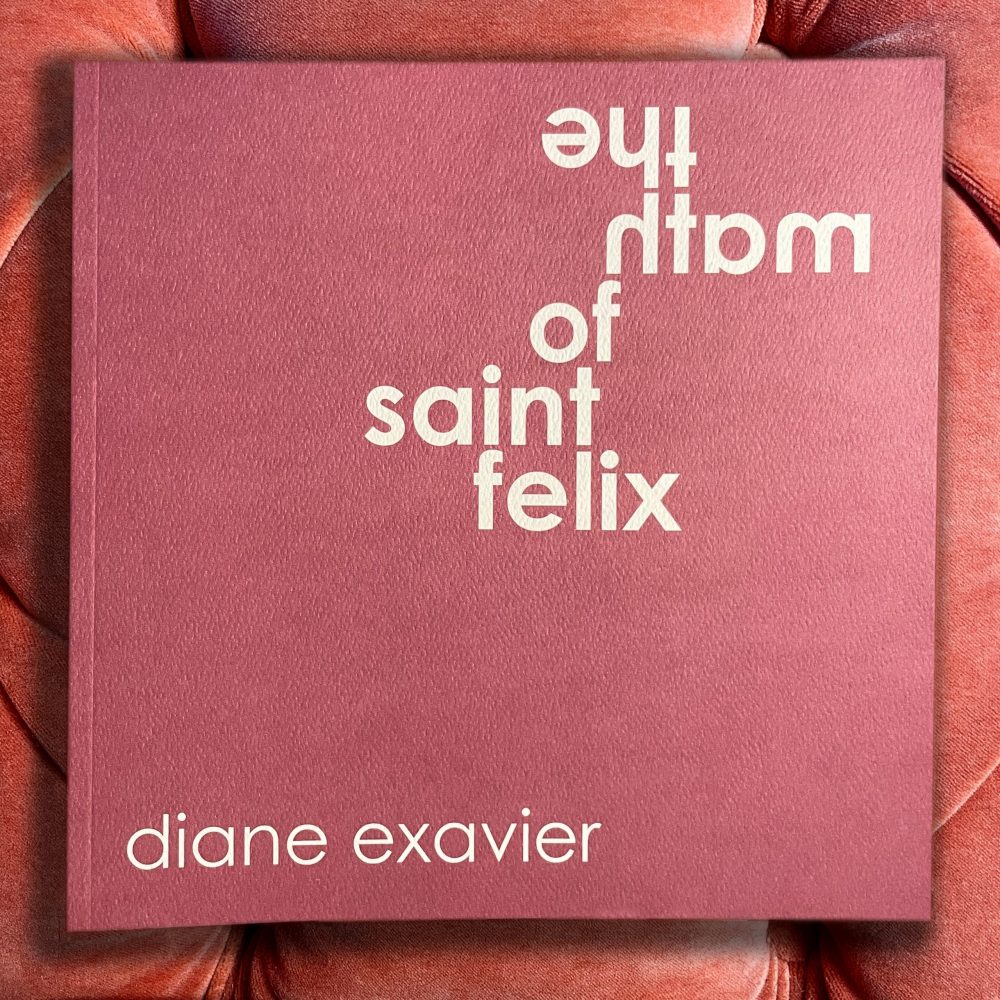This piece is excerpted from Imagine a City: A Pilot’s Journey Across the Urban World by Mark Vanhoenacker, a guest at Amherst College’s 2023 LitFest. Register for this exciting celebration of Amherst’s literary life.


Autumn 1987
I’m thirteen. It’s after school. I’m in my room, at my desk. I look out of the window over the drive and towards the garage. It’s late autumn and it’s almost dark outside. There’s frost in the corners of the window and snow is falling.
I look across the room, at the light-up globe on my dresser. I go to it, flip the switch on its cord and watch as the darkened sphere turns blue in the failing light and starts to shine as if it were in space.
I return to my desk. I sit down, pick up my pencil with my left hand and rest its tip on the sheet of graph paper. I love airplanes and cities and so, not for the first time, I’ve drawn a simple map of the world. I’ll draw a line that begins in one city and ends in another. But which city to start from?
I set down the pencil and look around my room again – at my model airplanes perched on my dresser, on my desk and next to my old Snoopy on my bookcase. There’s a green- and- white Lockheed TriStar and a mostly white McDonnell Douglas DC- 9. On the plane I assembled most recently, a grey DC- 10, I notice that the decals aren’t attached very well. Maybe, I think, I could have done a better job, but these decals are a pain. You have to soak them in a bowl of water until they loosen from their backing, then align them on the aircraft’s fuselage or tail without tearing them, even as they’re drying out and curling up. Sometimes I ask myself if I really like assembling model airplanes; maybe I only like having the airplanes afterwards.
The flagship of these models is a Boeing 747 in the blue-and-white colours of Pan Am. On a December night two decades or so from now, an hour before I pilot an actual 747 for the first time, from London to Hong Kong, I’ll walk around the plane to conduct the preflight inspection and when I look up at its sail- like, six- storey tail fin I’ll recall this model, and this window by my desk, and the view it offers from a house that by then will be the home of someone else.
I look back down at the page. Now, where…?
I could start from Cape Town. A cape with a town on it. From this far – from Pittsfield, the small, upland Massachusetts city where I was born – Cape Town is only that, a name.
Or I could begin in an Indian city. New Delhi – the capital, I’m reminded by the star that marks its location on the globe that’s shining on my dresser.
Or Rio de Janeiro, whose name comes from a bay that an explorer mistook for a river on the first day of a now-long-gone new year. I pause to consider if that can be right. Is that how Dad explained the city’s name to me after I told him how much I liked it? Dad lived in Brazil for years before he moved to New England. He’ll be home from work soon. I’ll wait until I see the red brake lights of his grey Chevy station wagon as he drives carefully through the snow that will muffle the car’s noise on the drive below my window, and then I’ll go downstairs and ask him to tell me again about the City of the River of January.
I could start in Rio. It wouldn’t be the first time. But the best thing about today is the snow. So the air route I draw this afternoon should depart from a cold place. Boston or New York, perhaps.
Boston, our nearest big city and the state capital, is where my parents met. It’s about two and a half hours east of Pittsfield. I visit Boston once or twice a year, on day trips with school or my family – to the science museum, the aquarium or my favourite skyscraper (which is blue, as is nearly everything I like best). From its observation deck you can look east towards Boston’s airport and listen to a radio tuned to the voices of the pilots flying to and from it.
Boston, then. I’ll start in Boston.
Today’s destination, meanwhile, is not a real city; rather, it’s the city I’ve liked to imagine since I was maybe seven years old. Its location changes occasionally, as does its name. But no matter where I draw it or what I call it, it’s the same city to me.
My city is where I travel to when I’m sad or worried, or when I don’t wish to think about what I don’t like about myself, such as the fact that I’m unable to pronounce the letter r, and therefore many words, including my own name. It’s also where I go when I want to escape my dawning awareness that I’m gay. A few months ago, for example, the youth group my brother and I attend, the one that gathers on the second floor of a church here in Pittsfield, held a session about ‘human development’. We were invited to write on cards any questions we didn’t want to ask out loud. One of the leaders collected the cards and a few minutes later read my question to the group: Is there a way to not be gay? He paused, and finally answered: I don’t know of a way. Instead, he said, it’s something people come to accept about themselves. And when I realised that he was looking at me, and how much I feared what he might say next, I turned my eyes away from his, and towards the lights of my imaginary city.
I also like to go to my imaginary city at more ordinary times: when I’m doing things I don’t enjoy, such as washing up or raking leaves; when, in school, I get bored or lose track of what the teacher is saying; or when it’s late and the house is quiet and dark but I can’t sleep and so I look out of my bedroom window and I see how blue the night is and that it has started to snow, and when I lie back down and close my eyes I see the same snow falling past the towers of my city.
Now the lights from Dad’s car appear on the drive and shake over the garage doors as I pick up the pencil again. I make two small circles on the map and write a name by each. I draw the line that curves between them and then I go downstairs.
Abu Dhabi
Here in Abu Dhabi a young woman finishes an uneven rendition of Gloria Gaynor’s “I Will Survive” and hands back the mic.
A few minutes later, Jane, a late-middle-aged woman with shoulder-length curly brown hair, picks it up. I’m terrible at karaoke but an enthusiastic supporter, and as she reaches the stage I applaud and try to shout the loudest.
Jane is one of the flight attendants from my flight from London today. She worked in the forward cabin, the one nearest to the flight deck. She came up for a chat with me and the captain on her break between the two passenger meal services, when we were crossing the Black Sea coast of Turkey and the sun was setting. Later, she came back to the cockpit with two cups of strong tea as the hazy green lights of Baghdad filled the long side window that ran past my right shoulder, and she returned again as we sailed down the Gulf’s skies and crossed near one glowing city after another, and over the petroleum complexes that themselves resemble whole cities. Then, in the terminal in Abu Dhabi, after touchdown, Jane and I spoke once more, about the views we’d each had of this desert metropolis, which sprawled on the coast like the Milky Way on a beach holiday, as we made a slow circuit above and landed, having reversed direction, facing back toward London.
Nothing we talked about, though, has prepared me for what happens when she starts to sing. Jane’s voice is so rich it seems to change the air in the room. Entire tables of friends or colleagues fall silent as they turn and see that she has not only the voice, but also all the right moves: she twists the cable that isn’t trailing from the cordless mic; one moment she makes eye contact with a member of the audience, and the next she looks up into a smoky light as if her muse is beckoning from within its beam.
She starts a second song, John Lennon’s “Imagine,” and I take out my phone to make a video to send home to my husband. Then I watch and listen as she finishes and the crowd erupts. Jane hands the mic to the next person and returns to a festive welcome and expressions of disbelief and vicarious pride from our table. When she was young, she explains with a smile, she worked as a showgirl in Las Vegas. Then she came home to England to raise a family. Several decades later, she decided to see the rest of the world.
Before too long we all return to our hotel. My room is on a high floor, maybe the twenty-fifth. It’s late now, but I’m on London time and I know it won’t be easy for me to sleep yet. I walk to the nearly floor-to-ceiling windows and slide open the successive waves of curtains that I’d struggled to figure out how to close earlier. I turn down some of the lights, to dim the images of the bed and mini-fridge that repeat over the nightscape beyond the glass.
As I look out through the reflections that remain, I try to retrace the decisions and circumstances that led to my first visit to Abu Dhabi, many years ago. My parents divorced when I was sixteen; Dad remarried a few years later. After high school, I left Pittsfield for college in a town only an hour or so away, over the hills to the east. Later, I moved to England for graduate school. Two years after that I was due to go to Kenya as part of my graduate studies, and I returned to Pittsfield to visit Mom beforehand (while I’d been in England, Dad and my stepmother had sold the old house in Pittsfield and moved south, to Raleigh, North Carolina). At the end of my visit, Mom took me to the bus station and waved me off, smiling—in order not to appear sad, it seems now—as the bus rolled away along the first yards of my first trip to Africa. Late the next night I landed in Abu Dhabi, on a layover en route to Nairobi.
I’d never been to the Middle East before, let alone to Arabia, and, though my stay here in Abu Dhabi would be measured only in hours, I’d looked forward to it with the enthusiasm of someone who had spent most of their life dreaming about airplanes and journeys to cities as distant from home as this one. I remember a yellow rain of lights as I pressed my face to the jet’s window on the final approach; gusts of a new kind of heat on the airbridge; tiles on a curved ceiling, in a shade of blue that was close to perfection; and the wonder, to me, of Arabic script on the advertisements along the walkways. Nothing else.
I left the graduate program that had taken me to Kenya once I was certain that I wanted to become an airline pilot. I moved to Boston for the first time, to work at a management consulting company in order to save money for my flight training. Three years later I moved to Kidlington, near Oxford, England, to start my pilot course, after which I moved to a shared house near Heathrow to start my flying career. In those early years I flew a narrow-body Airbus jet on short-haul routes to cities all across Europe. Eventually I retrained on the Boeing 747, the iconic airliner I’d dreamed of flying since I was a little kid. In my eleven years on the 747 fleet, I traveled to many of the world’s largest cities, but never to Abu Dhabi.
Not long ago I retrained again, to fly the 787, and it was in the cockpit of one of these newer and smaller jets that I finally returned to this city. Now I’ve flown here several times as a pilot, on trips that typically include around twenty-four hours off “down-route,” that is, on the ground but away from home. That’s time enough to sleep, to study the latest updates to our manuals, to file my scheduling requests for the following month (Johannesburg? Chennai? Another Abu Dhabi?), to exercise while I listen to music or catch up on a podcast, or to wander out to see something of the city, in the company of my colleagues or on my own.
From the tower of our hotel I look down to the nearby streets. Many Gulf cities have long histories as small coastal settlements. As major metropolises, though, all of them are new.
Close by is a broad avenue lined with shops and framed by rows of apartment and office buildings, perhaps twenty stories high. The avenue is lit to a snowy brilliance even at this hour, while the road that runs parallel to it is herringboned by side streets dense with what look like large single-family homes, an incongruously cozy sight from my high and anonymous room. Farther away is a cluster of skyscrapers, many of which are capped with beacons. Between these red-lit points, my eyes follow the zigzag line that is like a signature of the city’s creators.
I yawn and ponder if it might soon be time for bed. Abu Dhabi, meanwhile, doesn’t appear to be sleepy: the roads below are still busy, a common sight in Gulf cities, where summer nights are so much more pleasant than summer days, while during Ramadan public life may seem to begin only after sunset. I watch the skyscrapers and construction cranes twinkle as if in an effort to communicate, and I think of David Leavitt’s The Lost Language of Cranes, maybe the first novel I read that presented gay characters. The friend who gave the book to me when I was perhaps eighteen had said little to me about it. I thought it would be about the birds, and perhaps Japan, where I knew they were revered enough to be painted on the tails of planes; rather, the book’s title follows from the story of a small child who saw a construction crane from his window, and came to treat its sounds and movements as a language.
I check my phone: it’s sunny in Pittsfield; my husband, Mark (we share a name), has enjoyed the clip of my colleague singing; my aviation-focused weather app reports strong southwesterly winds at Heathrow. If I’m not going to sleep I might as well iron my shirt. Nearly a day remains until I’ll button it on for the flight home, but I can complete the preparations now. I can press it carefully and hang it in the closet, with my epaulettes and name badge in place, and my ballpoint pen in the little vertical pocket next to the main front pocket, another aviation checklist complete.
I extend and latch open the legs of the squeaky board. As I move to plug the iron in, I’m struck by the sight of the desk in front of the windows, silhouetted by the glowing towers behind it. It reminds me, suddenly, of the desk by the window of my childhood bedroom, and of the many versions of my imaginary city that I envisioned or drew there.
I cross the room and sit down at the desk. I look down at the small metal plate on which an arrow indicates qibla, the direction of Mecca. From this marker I can estimate the initial direction of the great circle route—the shortest distance over the surface of a sphere—that would run from Abu Dhabi back to London; it’s not so different from the heading that a pilot might initially follow, if any pilot ever has, to journey from Abu Dhabi to Pittsfield.
And at this desk I remember that for many years I’ve wanted to write about what cities have meant to me.
I want to record my journey from one city, my small hometown, to so many real cities that are each a thousand times more fascinating than anything I imagined as a child. And I want to be open about myself as I write this, even if it’s not always easy. I know that’s the only way to try to understand my deep love for the hometown I was once so keen to leave.
I have other, more matter-of-fact reasons to write this book. Most pilots love their job and tend not to want to retire when the rules say we must. When my days and nights of flying are finished, I want to be able to remember all I can about the cities I saw. In addition, while years may remain before my retirement, I’d like to share now what I love best about many of these cities—not only with my family and friends, but with readers who might not travel as often, as far, or in as extraordinary a manner as a pilot does.
And extraordinary is the right word. Long-haul airline pilots today are given an experience of cities that no one else in history has ever had. Two decades into my career—in an age in which it often seems that the urbanized future of our civilization is taking form directly before my eyes—my experience of cities as a pilot remains a source of deep fascination to me, one that’s distinct from my love for flight itself.
During a single flight we may cross above dozens of cities, most memorably after dark. On some journeys the lights of a sleeping and apparently silent settlement beneath us—one that, if it doesn’t have a major airport, we may not be able to name without consulting our navigation charts—suggest Coleridge’s ancient mariner, passing “like night, from land to land,” and the fragility and even the loneliness of what an observer arriving in our orbit might regard as only one more of the universe’s strains of bioluminescence. On other flights, when I see a gathering of dim lights stitched into the far-below floor of a Siberian or Nigerian or Iranian night, I’m struck instead by a sense of warmth, even intimacy, and by the possibility that I’m looking down on an evening much like the most peaceful ones of my Pittsfield childhood.
Then we descend. If we do so at daybreak, the returning light allows us to see how wilderness, farmland, inhospitably steep terrain, or thousands of miles of open ocean give way to our destination: one of the largest cities in history, perhaps, which has grown through its own long centuries, and which now, on this latest of its mornings, and in the last twenty minutes of our journey, expands to fill the jet’s windscreen with a maplike view of its awakening streets.
Excerpted from Imagine a City: A Pilot’s Journey Across the Urban World. Copyright © 2022 by Mark Vanhoenacker. All rights reserved. Republished here with permission from Penguin Random House.
Mark Vanhoenacker ‘96 is a commercial airline pilot for British Airways and the author of the international bestseller Skyfaring: A Journey with a Pilot and How to Land a Plane. His latest book, Imagine a City: A Pilot’s Journey Across the Urban World, was published by Knopf in 2022. A columnist for the Financial Times and a regular contributor to the New York Times, Mark has also written for The Times (London), the Atlantic, Wired and the Los Angeles Times. Born in Pittsfield, Massachusetts, Mark trained as a historian before starting his flight training in Britain in 2001. He now flies the Boeing 787 Dreamliner from London to cities around the world.




